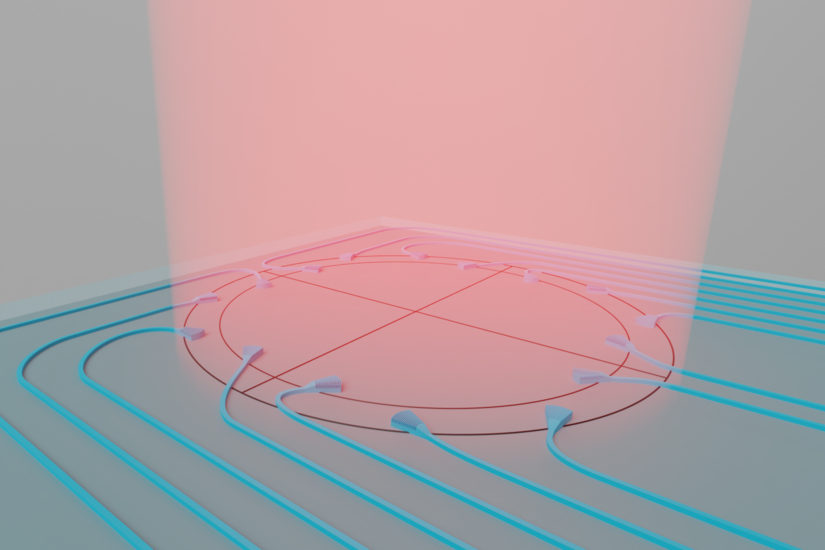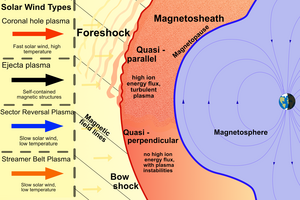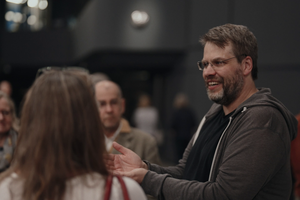Every photo taken illustrates how common and fundamental measurements of light have become in our modern world: a sensor registers bright and dark regions and uses this information to compose a picture. Yet, most cameras only register one fundamental property of light, its intensity (colours are only measured indirectly with the help of various colour filters). However, light has additional fundamental properties like polarization, i.e., the direction of oscillation of light waves. Another property of interest is the phase, which basically represents the delay between different waves of light. Traditional measurements of polarization and phase require additional optical elements within elaborate setups.
Researchers from different countries and universities join forces in the framework of the European research project “SuperPixels” to simplify such measurements in the future. They try to establish integrated photonic chips as a novel platform for sensing and measuring light. This enables numerous interesting applications.
A team led by the OpNaQ group at the University of Graz was now able to measure, for the first time, light beams using such photonic chips. They coupled light into optical waveguides which act like highways on the chip’s surface. Controllably mixing light fields and comparing resulting patterns allowed the simultaneous reconstruction of intensity, polarisation and phase. Beforehand, an easy-to-implement calibration procedure of the detectors had to be developed and tested. Knowledge about the parameters measured with these novel detectors can give insights into the quality of the measured light fields. It can also contain information about objects light interacted with. These results and further details were published recently in Optica.
Johannes Bütow, Jörg S. Eismann, Maziyar Milanizadeh, Francesco Morichetti, Andrea Melloni, David A. B. Miller, and Peter Banzer, "Spatially resolving amplitude and phase of light with a reconfigurable photonic integrated circuit," Optica 9, 939-946 (2022); https://doi.org/10.1364/OPTICA.458727
Contact: Peter Banzer or Johannes Bütow; Optics of Nano and Quantum Materials (website)




